Santa Barbara Birding: The Galapagos of the North
Unique Species Are to Be Found on the Channel Islands
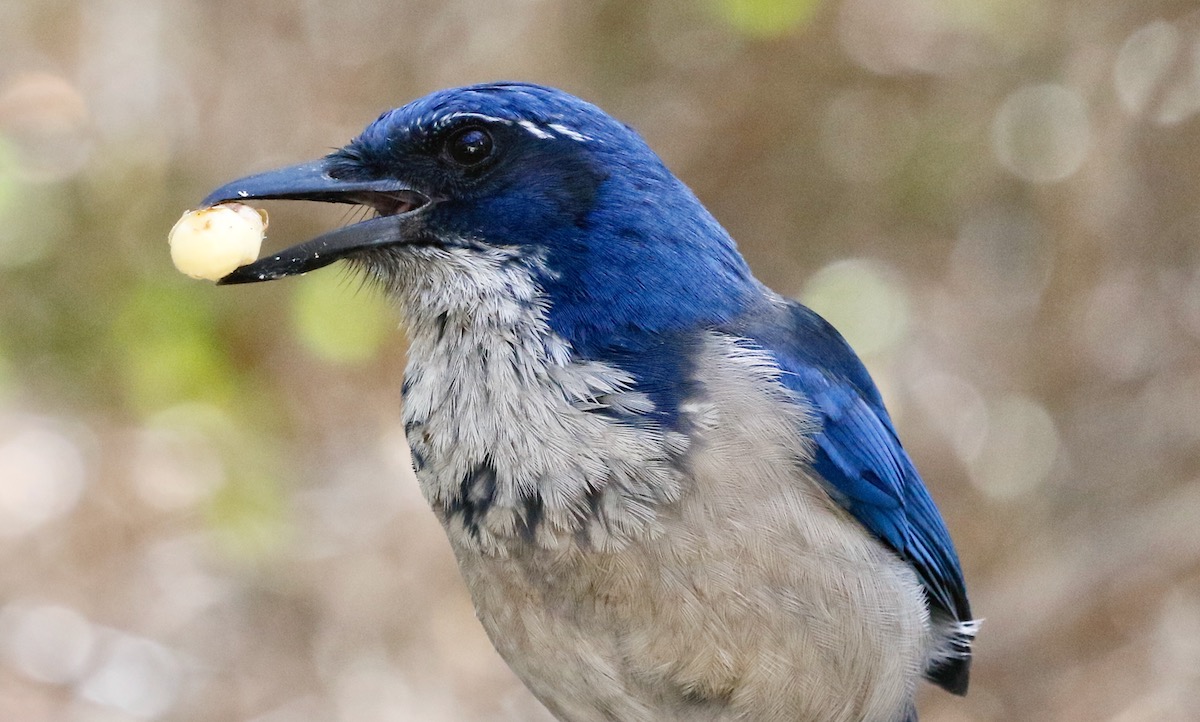
Few non-birders are aware that just off our coast, on Santa Cruz Island in the Channel Island National Park, is a bird species found nowhere else on earth. It’s the island scrub jay, and it has the smallest range of any North American bird species. The island jay is most closely related to our familiar California scrub jay, and at a cursory glance, you might not be able to tell the difference. However, the island dweller’s measurements are 15 percent larger and the weight 40 percent greater, the blues of the plumage are much deeper, it has blue feathering under the tail that the mainland bird lacks, and the bill is proportionally larger. The voice is also different, the island bird’s calls being lower-pitched and quieter than those of its noisy mainland cousins. Genetic analysis shows that the island jays diverged from the California scrub jay about 150,000 years ago.
Because many birders love to keep lists, Santa Cruz Island is a popular destination for birders wanting to add the island scrub jay to their life or year lists. Every spring, Island Packers offers a dedicated trip to look for the bird, and these excursions usually sell out quickly. On April 30, I was one of the leaders aboard the Vanguard out of Oxnard with a boatful of hopeful birders. We spent most of the day plying the waters of the channel in search of seabirds. The plan was to go ashore at Prisoners Harbor to find the target bird.
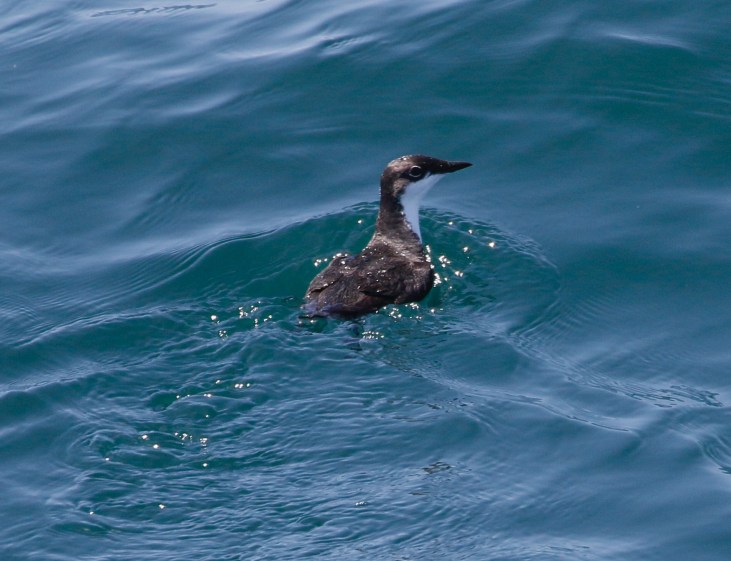
The journey to Prisoners was eventful. Common dolphins were with us most of the way, and humpback whales were much in evidence, with perhaps a dozen animals seen. One even obliged by breaching three times not far off the boat’s bow.
Birds, too, were numerous. Sooty shearwaters have just returned to the channel after their breeding season at the tip of South America. These stiff-winged masters of the air flew in strings across the bow, alternately flapping and gliding so close to the ocean’s surface that the tips of the wings brush against the waves, hence the name “shearwater.” There were also a few pink-footed shearwaters mixed in. Like the sooties, they breed during our winter off the coast of Chile and spend their winter, our summer, in the North Pacific. These two species are in the tubenose family, so named for having tubes on the top of the bill, the function of which is thought to expel salts that concentrate in the bird.
Sign up for Indy Today to receive fresh news from Independent.com, in your inbox, every morning.
Another tubenose that delighted those on board was the northern fulmar, one of which landed close to the boat, affording excellent views. A friend described the beak as “though someone broke it and did a poor job reassembling it.”
A hoped-for species that did not disappoint was the Scripps’s murrelet. This small, black-and-white, fish-eating seabird, a little smaller than a robin, has a tiny and localized population, with more than 80 percent of U.S. birds nesting on the Channel Islands. We were fortunate enough to come across several pairs throughout the day. It is a species that is rarely seen close to the mainland, so it is another prized sighting for those visiting Southern California. A few years ago, I watched a peregrine falcon plucking a murrelet high in a eucalyptus on the bluffs above Hendry’s Beach, and I have often wondered how a terrestrial bird like the peregrine came to have captured such a far-offshore bird. Peregrines usually take their prey in a steep dive called a stoop, a strategy that surely wouldn’t work on an ocean-dwelling bird like the murrelet.
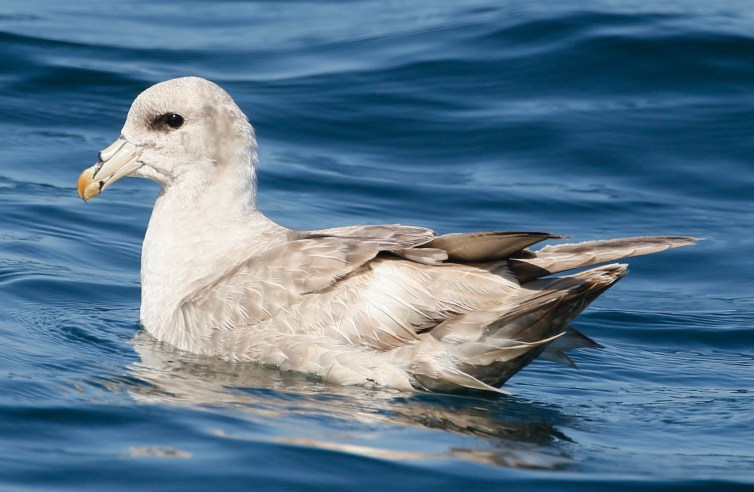
We pulled into Prisoners around noon, and within a few minutes of being on land, all participants had satisfying views of the island scrub jay, several of the birds sporting colored bands on their legs to help the island biologists keep track of them. We saw other species of birds that had diverged from mainland species, such as the orange-crowned warbler, which have been given subspecies status by biologists. Indeed, the Channel Islands have been called the “Galapagos of the North” because of their unique flora and fauna.
After a tour of Anacapa Island, it was time to head back to civilization. When we were a few miles distant from Anacapa, I spotted a dark bird flying quickly low over the waves. I expected it to be a shearwater, but when I got my binoculars on it, I realized it wasn’t a tubenose at all. Perhaps a shorebird? No, it was the wrong shape and color. Then the penny dropped: It was a peregrine falcon, far offshore, and hugging the waves as it winged toward the islands. Now it all made sense: How else could a peregrine take a murrelet off the water other than by stealth? The bird was flying so low that any bird sitting on the water wouldn’t see the danger coming until it was too late.
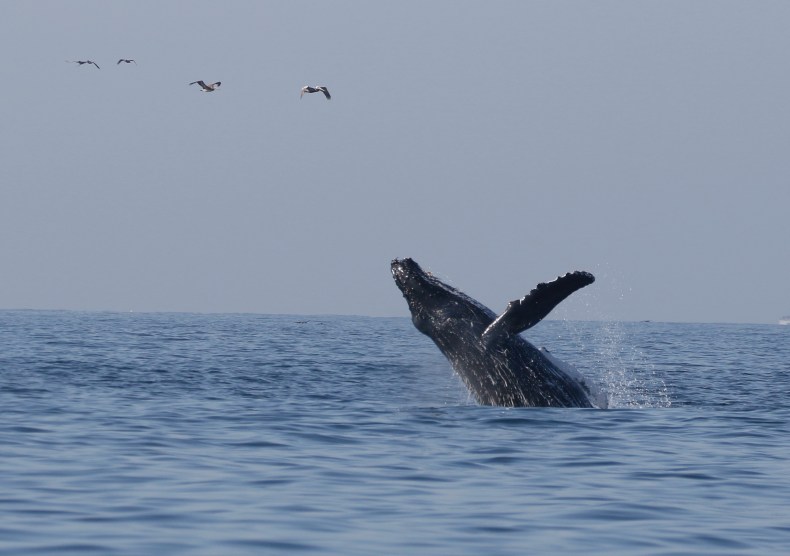
Support the Santa Barbara Independent through a long-term or a single contribution.


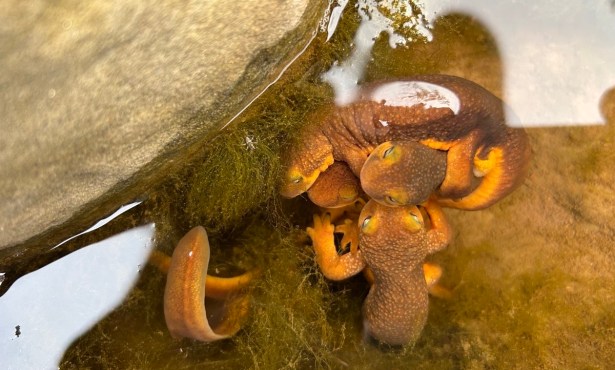
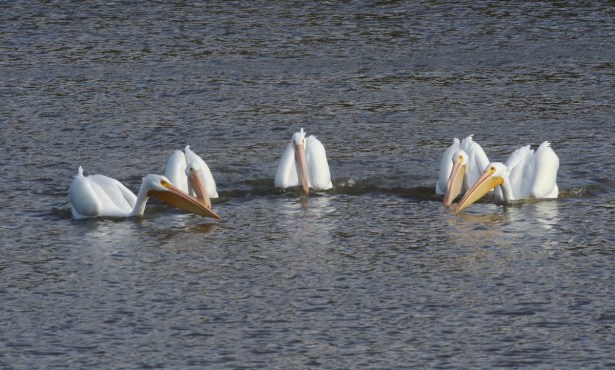
You must be logged in to post a comment.